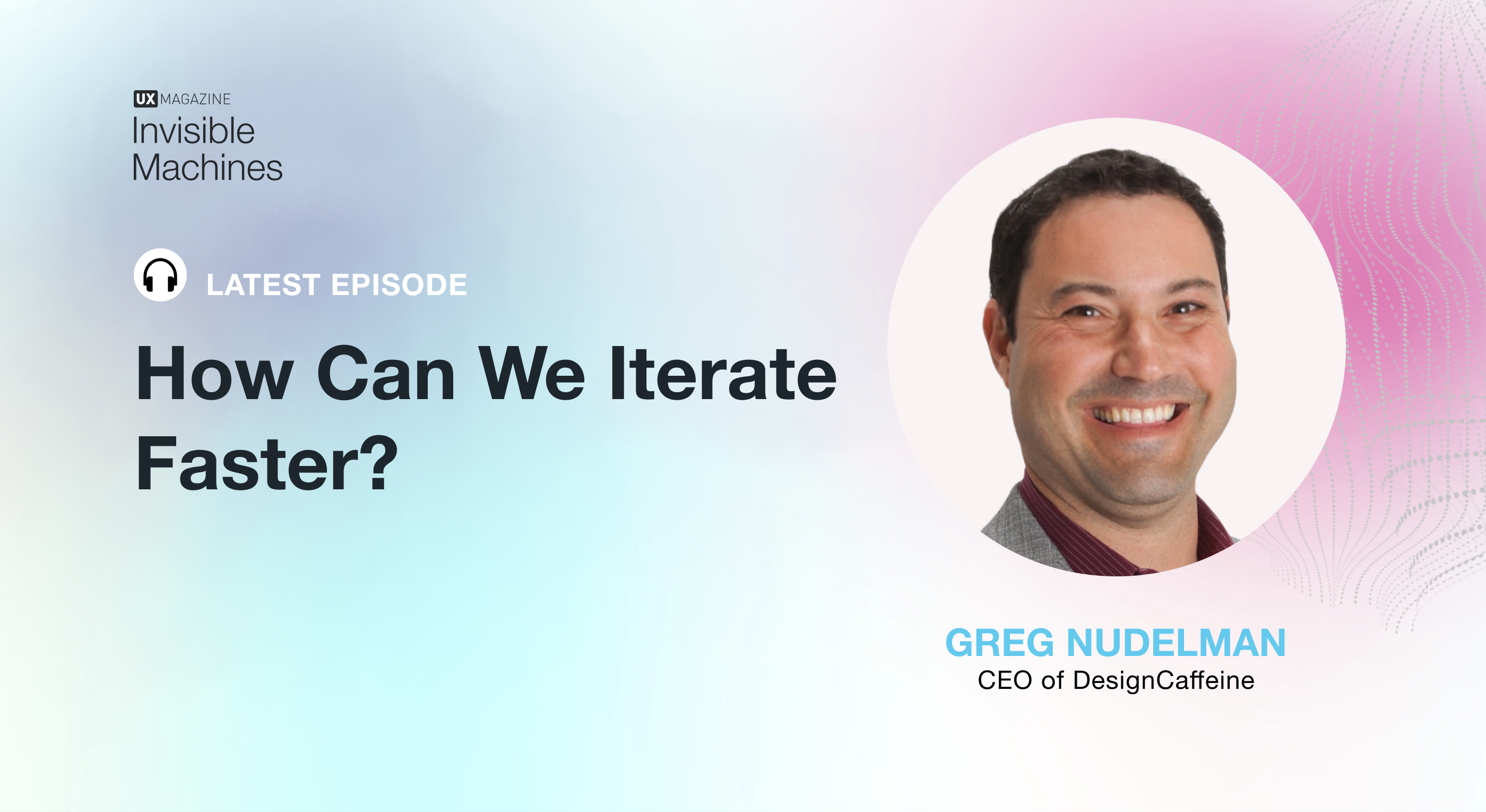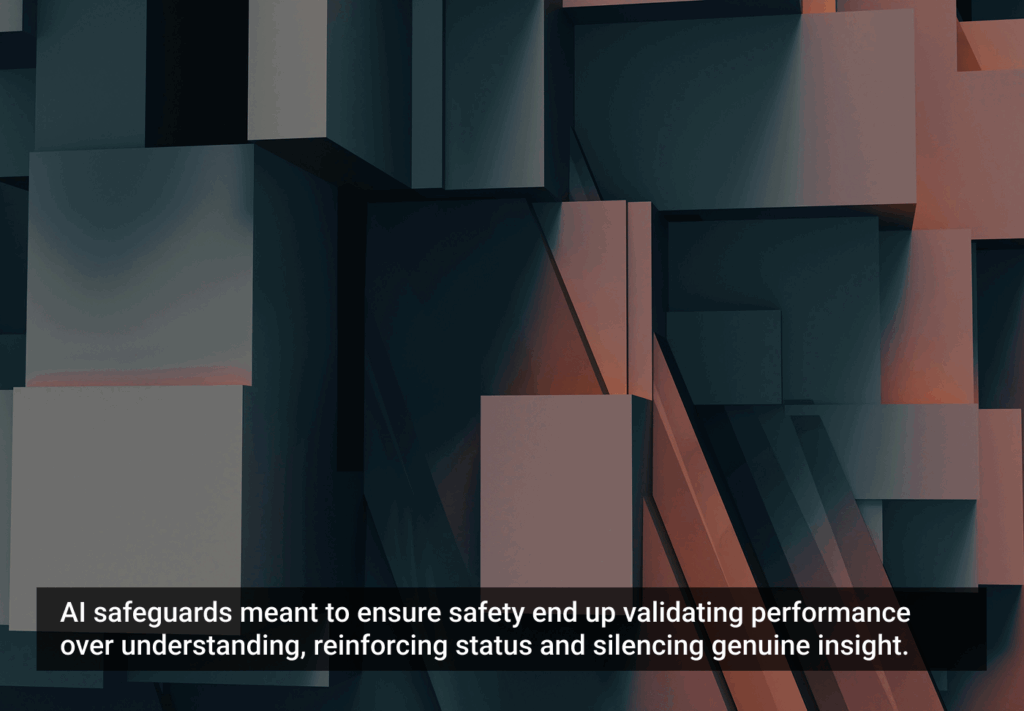CEO of Design Caffeine, Greg Nudelman is a UX legend who honed his craft as a design lead at GE Digital, Cisco, and eBay. Greg is currently a Distinguished Designer at Sumo and has written numerous books including The $1 Prototype and Designing Search. He joins Robb and Josh for a sprawling conversation about ways that we can improve the design process, iterating faster and further in the age of AI.
Greg was one of the original guests on the In Conversation with UX Magazine podcast over eight years ago and he weighs in on the critical difference between design and documentation, the growing importance of high-level design work surrounding conversational AI, and how micro UIs will fundamentally alter our interactions with technology.
Listen to the episode here.








